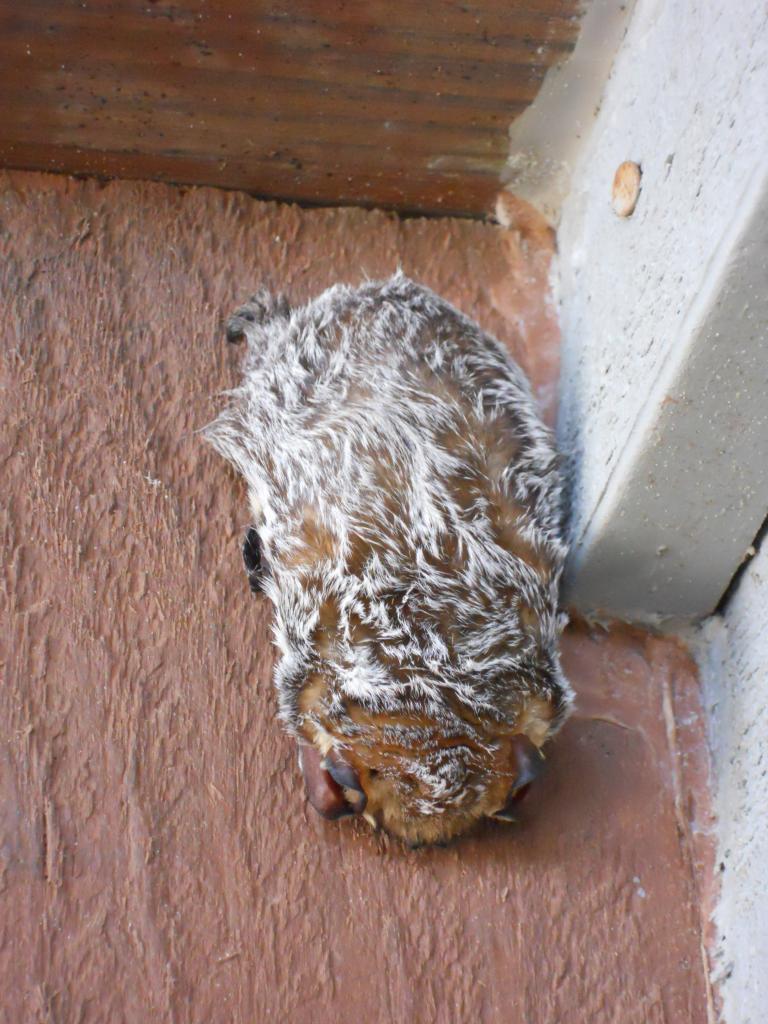|
| Distribution |
In NC, it occurs across the entire state, but it is highly migratory, and its summer range is primarily north of NC. However, it occurs in the warmer months sparingly into the mountains and foothills, and apparently as far east as Stanly County in the eastern Piedmont. In migration and winter, it is primarily found in the state's Coastal Plain and eastern Piedmont, though it might occur in winter in the western half of the state.
A wide range from the Pacific to the Atlantic, and all over the lower 48 states and southern Canada, into Mexico. |
| Abundance |
In the cooler months, generally uncommon in the Coastal Plain, but seemingly quite rare in the eastern Piedmont and very rare farther westward. Not as well known in spring and summer, but Lee et al. (1982) indicate sight records at Mount Mitchell at that season; since then, there have been more recent records, and now best called rare to uncommon over most of the mountains and foothills, and very rare farther eastward (at least to Stanly County). There are relatively few records for most of the Piedmont; apparently in this province it is mainly a passage migrant, when difficult to find and timing of occurrences would be brief. The N.C. Natural Heritage Program considered it a Watch List species for many years; and as NatureServe has a Global Rank of just G3G4, it is declining and/or not overly common across its very large range. In 2024, the NCNHP moved the Status to SR (Significantly Rare) and is now tracking records for it. |
| Seasonal Occurrence |
Highly migratory. Occurs in NC over the entire year, but in most areas only at one or two seasons and not likely present year-round at any specific site. Winter behavior is not well known in NC, but likely it is active on mild nights. |
| Habitat |
Generally roosts in wooded areas very close to openings and water; apparently not a bat of deep forests. Forests can be coniferous, as well as deciduous. Bats roost in trees, such as in clumps of dense vegetation. It is seldom or never seen roosting in buildings or caves/mines. |
| Behavior |
This species can at times be seen during the daylight hours in migration, most unusual for a bat species. Foraging bouts are at night, like with all bat species, and they forage mostly over open areas, including water. |
| Comments |
This bat has a number of features that differ from others, even within its genus. Males and females often occur in nearly completely different regions, at least in summer. It also undergoes long-distance migration, rare for a Lasiurus species; sometimes they can be seen during the daytime in migration. It is also much larger than other members of the genus. Despite being well-known over its large range, it is generally uncommon in the East, and much remains to be learned about its natural history -- especially in the Piedmont province. |
| Origin |
Native |
| NC List |
Official |
 State Rank State Rank |
S3S4 |
 State Status State Status |
SR |
 Global Rank Global Rank |
G3G4 |
| Federal Status |
|
| subspecies |
Lasiurus cinereus cinereus |
| other_comName |
|
| synonym |
|



